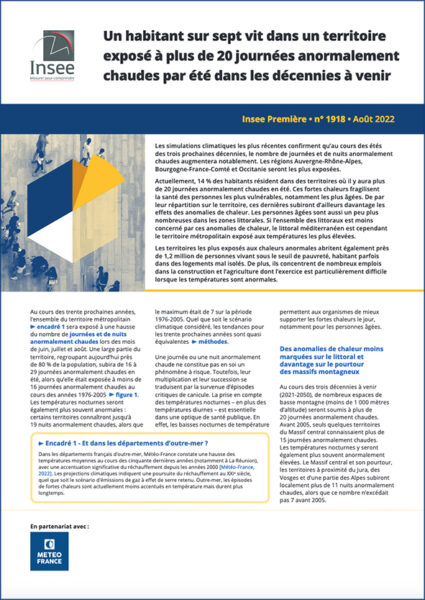New statistics on the French population have just been published following the latest census. They estimate the population at 1 January 2004 to be 62 million, a clear rise compared with previous years. This is due, in large part, to natural increase, i.e. a net surplus of births (the fertility rate – on average 1.9 children per female – is well above the European average) over deaths, which have in turn fallen sharply.
However, another factor in this increase in the French population is the growth of immigration which, having been declared to be falling in earlier years, was suddenly reassessed in a somewhat surprising fashion.
Alain Parant, reviewing the latest available data, explains how this famous net immigration figure is “calculated” and criticizes the obvious inconsistencies between the various sets of available data, as they can vary by as much as 100% over the period 1990-2003.
Although he does not challenge the fundamentals of the French data collection service, nor indeed the new census methods, he does stress the scale of the gaps in the system for investigating demographic change. He illustrates his argument with four examples: the uncertainty surrounding the increases in healthy life expectancy; the lack of figures on voluntary abortions; the highly regrettable decision to abandon the survey of geographical mobility and social integration (MGIS), even though it was extremely useful in analysing what happened to immigrants and their children who were born in France; lastly, the lack of any satisfactory means of measuring migration flows within the country.
Are these lacunae the result of financial restrictions imposed on the statistical services or are there other, less admissible reasons? The author is concerned, rightly stressing the value of reliable population data and the unfortunate consequences of not knowing what is really going on.
Cet article fait partie de la revue Futuribles n° 307, avr. 2005



